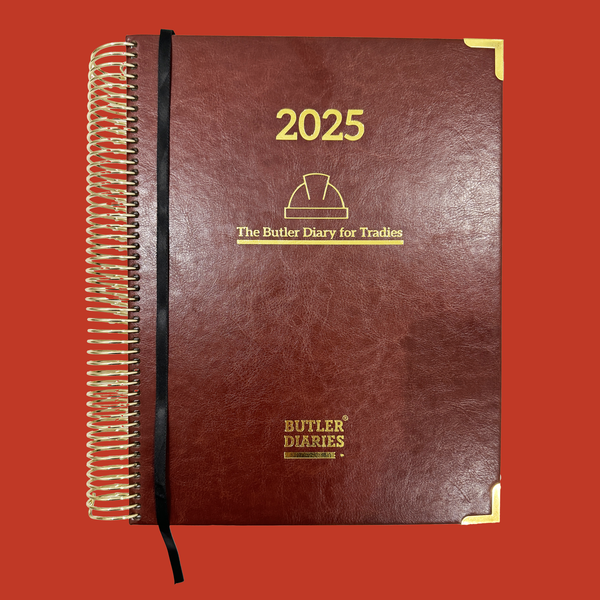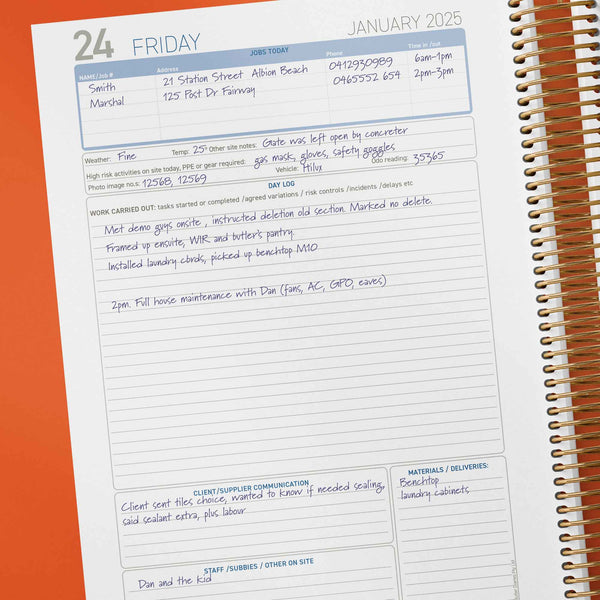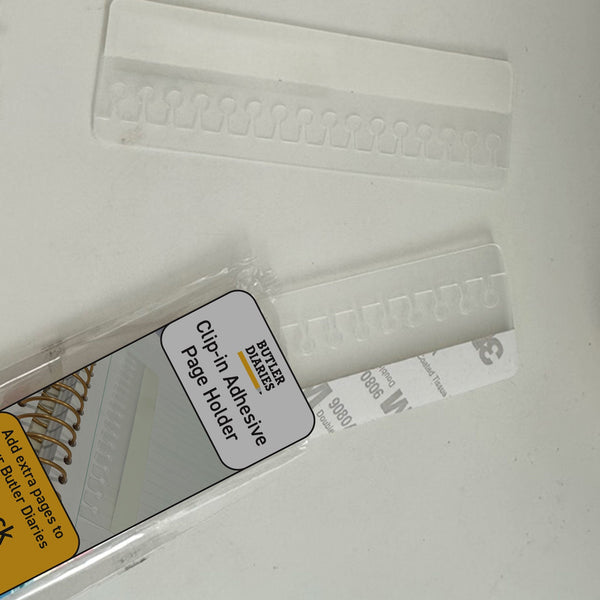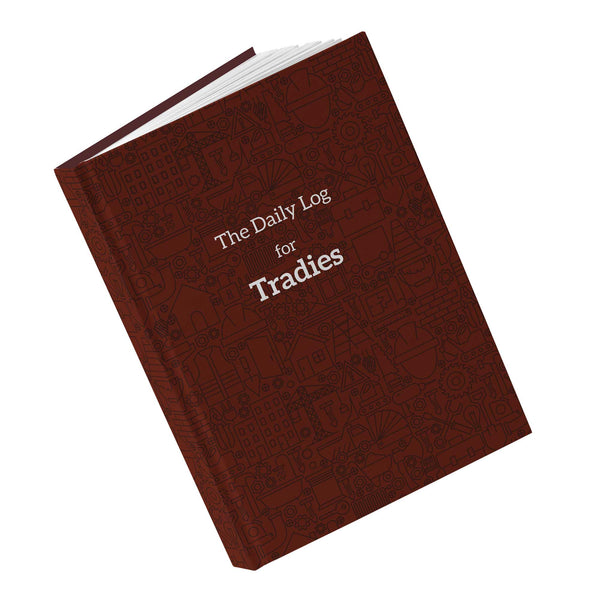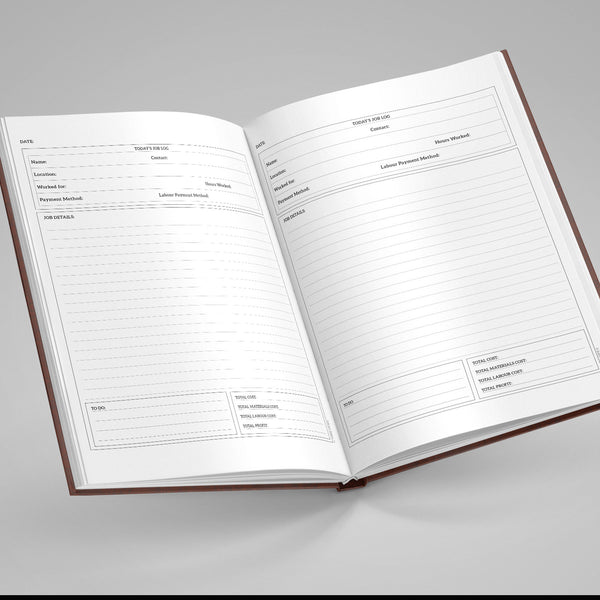Let's address the elephant in the room - the construction industry has a reputation for toxic workplace culture. We're talking about an industry where almost one quarter of young apprentices report being bullied at work - more than three times the national average.
But here's the thing: it doesn't have to be this way. Some construction crews and companies are proving that you can build strong, successful teams without the bullying, hazing, and "macho" culture that's been dragging our industry down for decades.
If you're tired of high turnover, stressed-out workers, and job sites that feel more like war zones than workplaces, here's how to actually build a positive culture that gets results.

The Reality Check: Why Construction Culture Is Broken
Before we talk solutions, we need to acknowledge the scale of the problem. The construction industry has some serious cultural issues:
- Young construction workers are twice as likely to take their own lives as other young Australian men
- Bullying is often disguised as "humour" or "tough love"
- The "shut up and cop it" mentality prevents people from speaking up about problems
- Apprentices are 2.5 times more likely to experience suicidal thoughts than other young men
- 64% of construction workers have had to help a colleague with mental health issues
This isn't just about being nice - it's about survival. When your workplace culture is literally killing people, it's time for change.
The "Macho" Problem
Research shows strong links between masculine workplace norms and increased likelihood of mental health issues. The traditional "tough it out" culture that says asking for help is weakness isn't making us stronger - it's making us sicker.
What Positive Culture Actually Looks Like
Positive workplace culture isn't about putting up motivational posters or having team lunches (though those don't hurt). It's about creating an environment where:
- People feel safe to speak up about problems
- Mistakes are learning opportunities, not reasons for humiliation
- Everyone's contributions are valued, regardless of experience level
- Mental health is treated as seriously as physical safety
- People actually look forward to coming to work
Research shows that companies with positive cultures experience 21% higher profitability, 17% boost in productivity, and 43% reduction in turnover. This isn't feel-good fluff - it's business sense.
Strategy #1: Recognition That Actually Means Something
Everyone wants to feel valued, but most "recognition" in construction is either non-existent or comes across as patronising.
What Works
- Specific feedback: Instead of "good job," try "the way you handled that electrical problem saved us half a day"
- Peer recognition: Let team members nominate each other for going above and beyond
- Skills acknowledgment: Publicly recognise when someone's developing new capabilities
- Problem-solving praise: Celebrate creative solutions and initiative
- Safety leadership: Recognise people who speak up about safety issues
What Doesn't Work
- Generic "employee of the month" schemes with no real criteria
- Recognition that feels like you're talking to a primary school kid
- Rewards that don't match the effort (pizza party for a major project completion)
- Public praise for people who prefer private recognition
Use your Construction Diary to track team achievements and positive contributions. This helps you give specific, meaningful recognition rather than vague praise.

Strategy #2: Communication That's Actually Open
Most construction sites have plenty of communication - it's just mostly yelling, blaming, and passing the buck. Real communication is different.
Daily Briefings That Work
- Safety first: Start with genuine safety discussions, not just box-ticking
- Clear expectations: Everyone knows what needs to be done and by when
- Problem-solving time: Address issues before they become disasters
- Input welcome: Ask for ideas and actually listen to them
- Recognition moment: Acknowledge good work from the previous day
Creating Psychological Safety
This is the big one - people need to feel safe to speak up about problems, mistakes, or safety concerns without fear of being ridiculed or punished.
- No blame culture: Focus on fixing problems, not finding someone to blame
- Admit your own mistakes: Leaders who acknowledge errors create permission for others to do the same
- Ask for input: "What do you think?" isn't just politeness - it's smart management
- Follow through: When someone raises a concern, act on it or explain why you can't
Document these communications in your Daily Log to track patterns and ensure important conversations don't get forgotten.
Strategy #3: Professional Development That's Not Just Box-Ticking
Investing in your team's skills shows you value their future, not just their current productivity.
Real Development Opportunities
- Cross-training: Let people learn other trades and expand their skills
- Leadership development: Prepare good workers for supervisory roles
- Technology training: Help people stay current with new tools and methods
- Safety leadership: Train people to be safety advocates, not just safety followers
- Business skills: For those interested in eventually going out on their own
Mentorship Programs
Pair experienced workers with apprentices and new team members. This isn't just about technical skills - it's about showing people the ropes without the traditional hazing.
- Set clear expectations for mentors
- Provide basic mentoring skills training
- Regular check-ins to ensure it's working
- Recognise good mentoring as a valuable skill
Strategy #4: Work-Life Balance That's Actually Achievable
Construction work is demanding, but that doesn't mean people should never see their families.
Realistic Scheduling
- Plan for reality: Jobs take longer than quotes suggest - plan accordingly
- Emergency vs. urgent: Not every deadline is actually life-or-death
- Rotation systems: Share the overtime load instead of always hitting the same people
- Recovery time: After big pushes, give people time to recharge
Flexible Arrangements Where Possible
- Early starts for people who want to finish earlier
- Compressed work weeks when projects allow
- Time off for important family events
- Understanding that personal emergencies happen
Strategy #5: Team Building That Doesn't Suck
Skip the trust falls and corporate retreats. Focus on activities that actually build genuine relationships.
Activities That Work for Tradies
- After-work drinks: Simple, voluntary, and gives people a chance to decompress together
- Sports activities: Touch footy, cricket, fishing - things people actually enjoy
- Family events: BBQs where partners and kids are welcome
- Skills sharing: Let people teach each other hobbies or side skills
- Community projects: Working together on local charity builds or community gardens
What to Avoid
- Mandatory "fun" activities
- Expensive events that make some people feel excluded
- Activities that require people to share personal information they're not comfortable with
- Anything that feels like work disguised as fun
Strategy #6: Safety Culture That Goes Beyond Compliance
Real safety culture isn't about following rules to avoid fines - it's about everyone genuinely looking out for each other.
Building Genuine Safety Culture
- Everyone's responsibility: Safety isn't just the supervisor's job
- Near-miss discussions: Learn from close calls without blame
- Equipment maintenance: Well-maintained tools are safer tools
- Mental health awareness: Stress and fatigue are safety hazards too
- Speaking up is encouraged: People who point out safety issues are heroes, not troublemakers
Documentation That Protects Everyone
Use your Construction Diary to document safety discussions, training, and incidents. This isn't just about covering yourself legally - it's about showing your team that safety matters enough to track properly.
Image suggestion: Construction team safety meeting with genuine discussion and engagement
Search prompt: "Construction team safety meeting genuine discussion engaged workers safety culture"
SEO filename: construction-team-safety-meeting-genuine-discussion.jpeg
Alt text: "Construction team engaged in genuine safety discussion during meeting showing positive safety culture"
Dealing with the Dinosaurs
Every workplace has them - the "old school" workers who think positive culture is for softies. Here's how to handle them:
Set Clear Boundaries
- Zero tolerance for bullying: Make it clear that harassment isn't "character building"
- Professional consequences: People who can't adapt need to understand their job is at risk
- Focus on results: Show how positive culture improves productivity and profitability
- Don't argue culture: Frame it as professional standards and business requirements
Find Common Ground
- Most experienced workers want to pass on their knowledge
- They often care deeply about quality and craftsmanship
- They've usually seen the industry change before and adapted
- Focus on shared values like pride in work and safety
The Role of Leadership
Culture starts at the top. If you're in a leadership position, here's what you need to do:
Model the Behaviour You Want
- Admit mistakes: Show that it's safe to be human
- Ask for help: Demonstrate that seeking assistance is smart, not weak
- Show respect: Treat everyone with dignity regardless of their role or experience
- Follow through: Do what you say you'll do
- Support work-life balance: Don't email people at 9pm unless it's a genuine emergency
Invest in Your Own Development
Good technical skills don't automatically make you a good leader. Consider training in:
- Difficult conversations and conflict resolution
- Mental health first aid
- Effective communication techniques
- Project management and planning
- Performance management and coaching
Measuring Success
How do you know if your culture changes are working? Look for these indicators:
Positive Signs
- Lower turnover: People are staying longer
- Reduced accidents: People are looking out for each other
- More suggestions: Team members are contributing ideas
- Faster problem-solving: Issues get raised and addressed quickly
- Better apprentice retention: Young people aren't running away from the industry
- Improved quality: People take pride in their work
Warning Signs
- High sick leave usage (people avoiding work)
- Frequent conflicts between team members
- Reluctance to speak up in meetings
- Apprentices looking miserable or anxious
- Experienced workers becoming increasingly cynical

Getting Started: Your Action Plan
Don't try to change everything at once. Here's a practical approach:
Week 1: Assessment
- Honestly evaluate your current culture
- Talk to team members (individually and confidentially)
- Identify the biggest pain points
- Choose one area to focus on first
Month 1: Quick Wins
- Improve daily communication/briefings
- Start recognising good work more consistently
- Address any obvious safety or bullying issues
- Set clear expectations for respectful behaviour
Month 3: Building Momentum
- Implement regular team feedback sessions
- Start development/training programs
- Plan first team building activity
- Review and adjust work-life balance policies
Month 6: Sustaining Change
- Evaluate progress and adjust approach
- Expand successful initiatives
- Address resistance and roadblocks
- Plan for long-term culture maintenance
The Bottom Line
Building positive workplace culture isn't about being soft or lowering standards. It's about creating an environment where people can do their best work without fear, stress, or unnecessary drama.
The construction industry desperately needs this change. We're losing too many good people - both to suicide and to careers in other industries that treat them better. The companies and crews that figure this out first will have a massive competitive advantage in attracting and keeping the best workers.
Remember: you're not just building structures - you're building teams, careers, and lives. Make sure you're building them in a way that makes people stronger, not breaking them down.
Ready to start building a better workplace culture? Begin with better organisation and communication. Get your Construction Diary and start documenting the positive changes you're making. Good culture starts with good systems.




